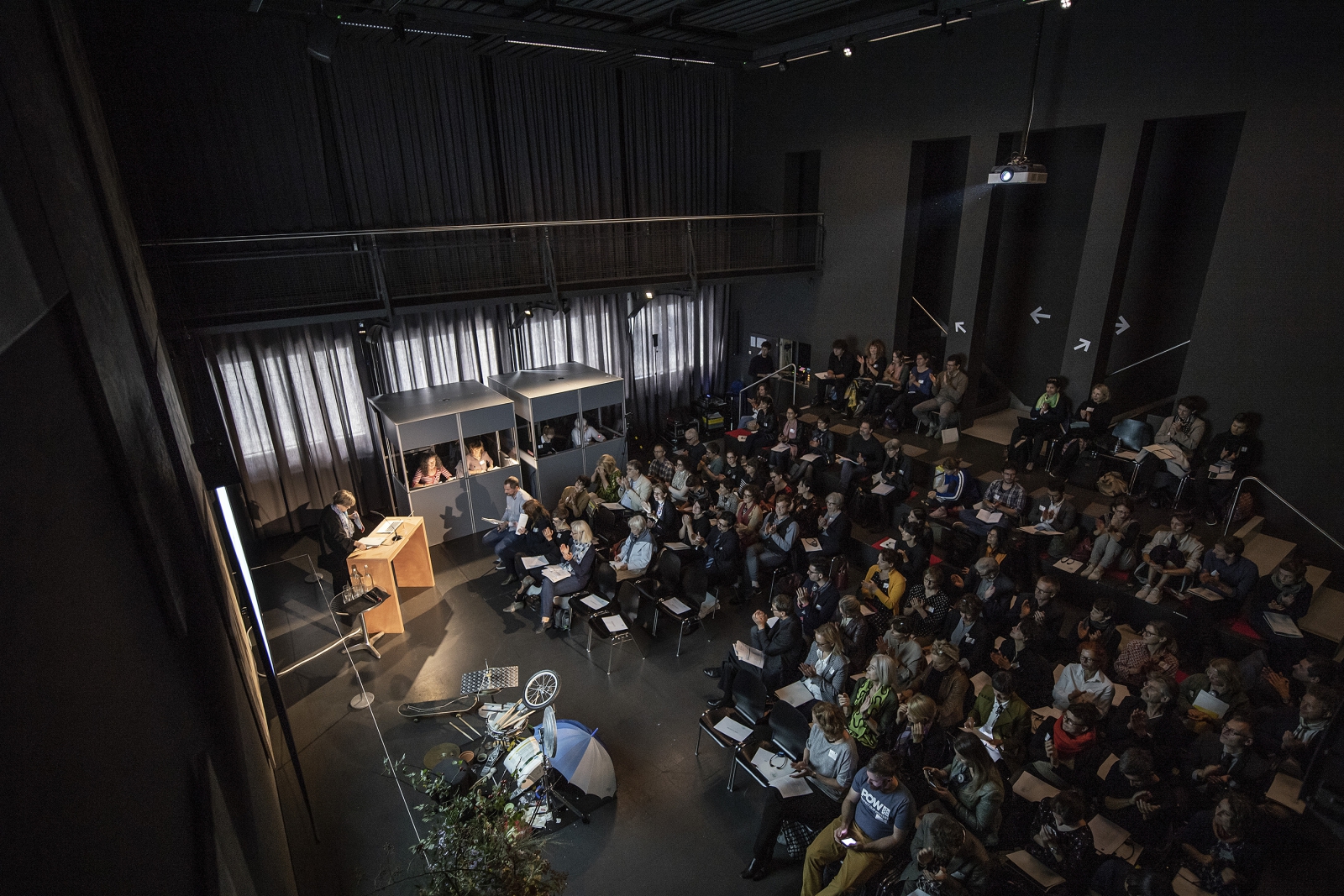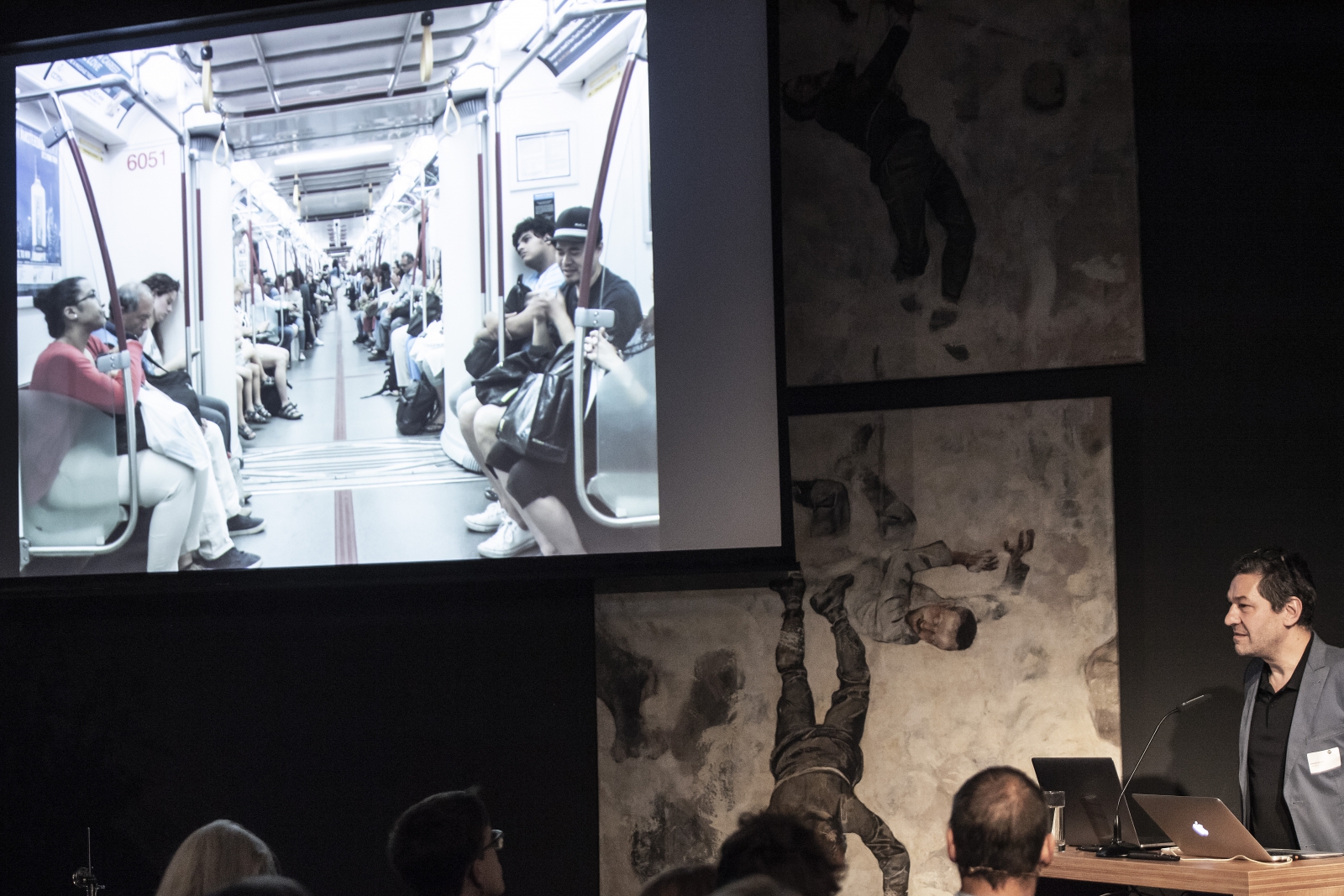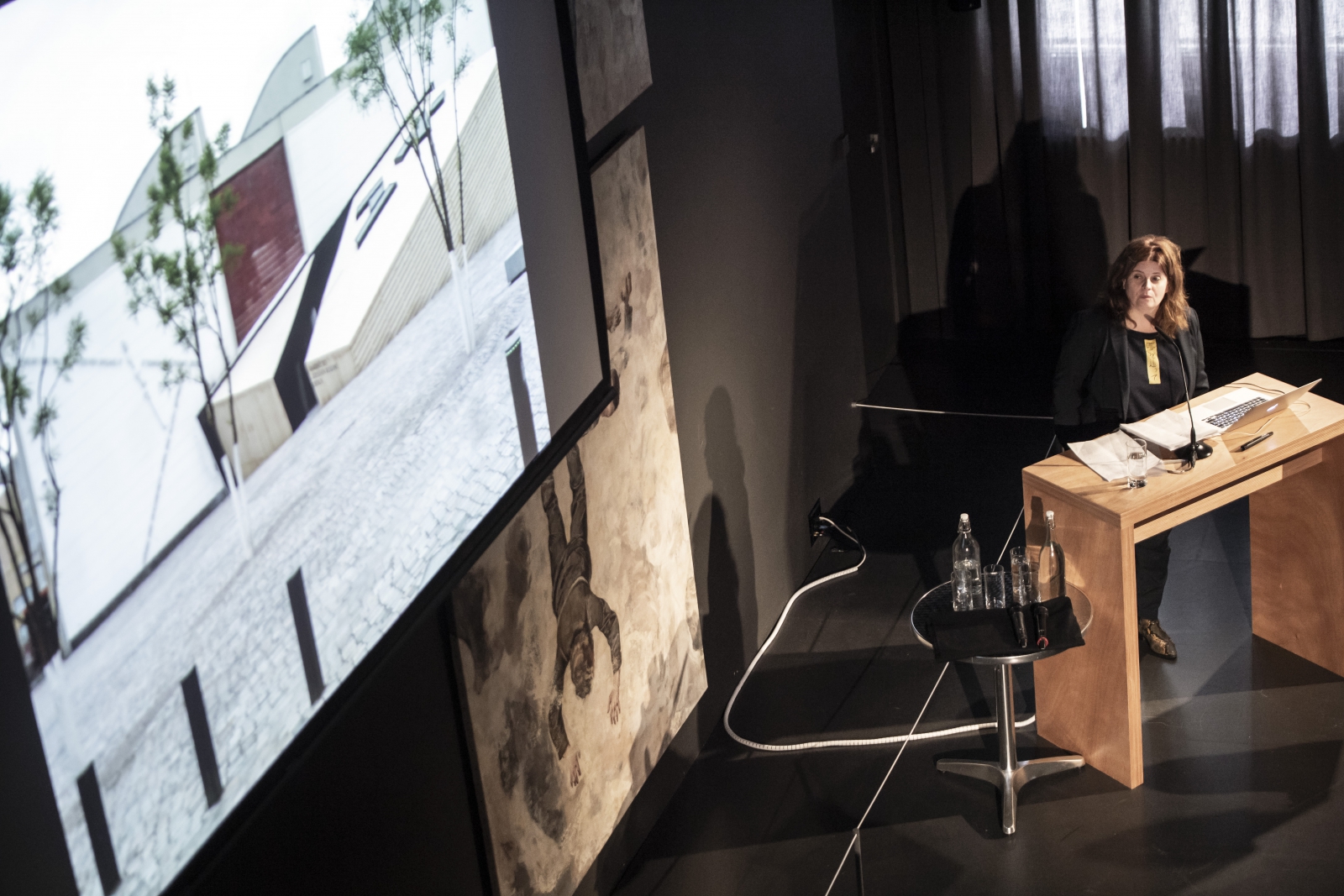Report of the International Conference: Intangible Cultural Heritage, Museums and Urbanised Society (25.09.2018, Berne)
Welcome
Isabelle Chassot (Swiss Federal Office of Culture), Andrea Kauer Loens (Swiss Museums Association) and Barbara Keller (Swiss Alpine Museum) welcomed the participants to the International conference on Intangible Cultural Heritage, Museums and Urbanised Society.
Introduction
Jorijn Neyrinck (Workshop intangible heritage Flanders) continued with a brief introduction on the Intangible Cultural Heritage and Museums Project (IMP), to which this International conference connects. IMP wants to explore the variety of approaches, interactions and practices on intangible cultural heritage in museums and investigate how museums can play a role in the safeguarding of these living heritage practices, by working together with its practitioners in this process (read more about IMP in the ‘about-section’). IMP does this by inviting people from throughout its five partner countries (The Netherlands, Belgium, Italy, France and Switzerland), to share their experiences, successes as well as the obstacles they have encountered.
David Vitali (Swiss Federal Office of Culture) continued the introductory phase by explaining the way in which the UNESCO 2003 Convention for the safeguarding of the intangible cultural heritage is implemented in Switzerland, where this conference took place.
Keynotes on Intangible Cultural Heritage, Museums and Urbanised Society
Next up were Sandro Cattacin and Leontine Meijer-van Mensch, who talked about their views on how Urbanised Society, Museums and Intangible Cultural Heritage interact.
Memory, rituals and mobility. Intangible cultural heritage in the urban context
In his keynote, Sandro Cattacin (University of Geneva), posited the hypothesis that the more cities produce urban rituals, the better they 'work'. According to Cattacin, they induce the feeling of 'territorial beloning'. He illustrates this with examples from Belgium (Zinneke Parade), Italy (derby Inter-Milan), Canada (Montreal zombie walk) and Switzerland (Fête de Genève - Escalade). These rituals create ties, agency, inclusion (and exclusion) to territories more than to groups. They can be invented, top-down implemented or bottom-up created, but, according to Cattacin:
- the more civil society is implicated, the stronger belonging effects will be
- emotionality and body transformation are crucial
- the story behind it is not fundamental
Museums, communities and their practices: safeguarding intangible cultural heritage in our urbanised worlds
In her keynote, Léontine Meijer-van Mensch (Jewish Museum Berlin) reflected on the role of the Jewish Museum in Berlin, in relation to intangible cultural heritage. 'How can you "have" a practice when you are not a community museum?", she asked. Elaborating on 2 examples - playing the shofar in the museum (normally only played in synagogues) and a wedding ceremony that took place in the museum - she asked herself the question: 'Are these practices real, or are they performances?'. In these cases, Meijer-van Mensch continued, context really matters, so you should make sure to document it as a museum.
The practitioners' voice
The conference continued with four presentations by practitioners of intangible heritage in Switzerland. Afterwards, these practitioners were questioned on their views on working with museums in the context of safeguarding their heritage.
The four presentations on Swiss ICH:
- Sabine Carruzzo / Isabelle Raboud-Schüle (Fête des Vignerons) SEE PTT
- Arvo Losinger (Parkour) SEE PTT
- Patrice Schlatter (avalanche risk management) SEE PTT
- Lorenz De Vallier (urban gardening) SEE PTT
Some of the practitioners saw opportunities in working together with museums:
- in relation to the Fête des Vignerons, which takes place only once every 20 years, the museum is a place where memory is kept in between the years that this tradition takes place
- in relation to parkour, Arvo Losinger testified that they could gain a new, broader public via their collaboration with a museum.
Others posed critical questions:
- If a tradition is living, such as urban gardening, why would it need to be included in a museum?
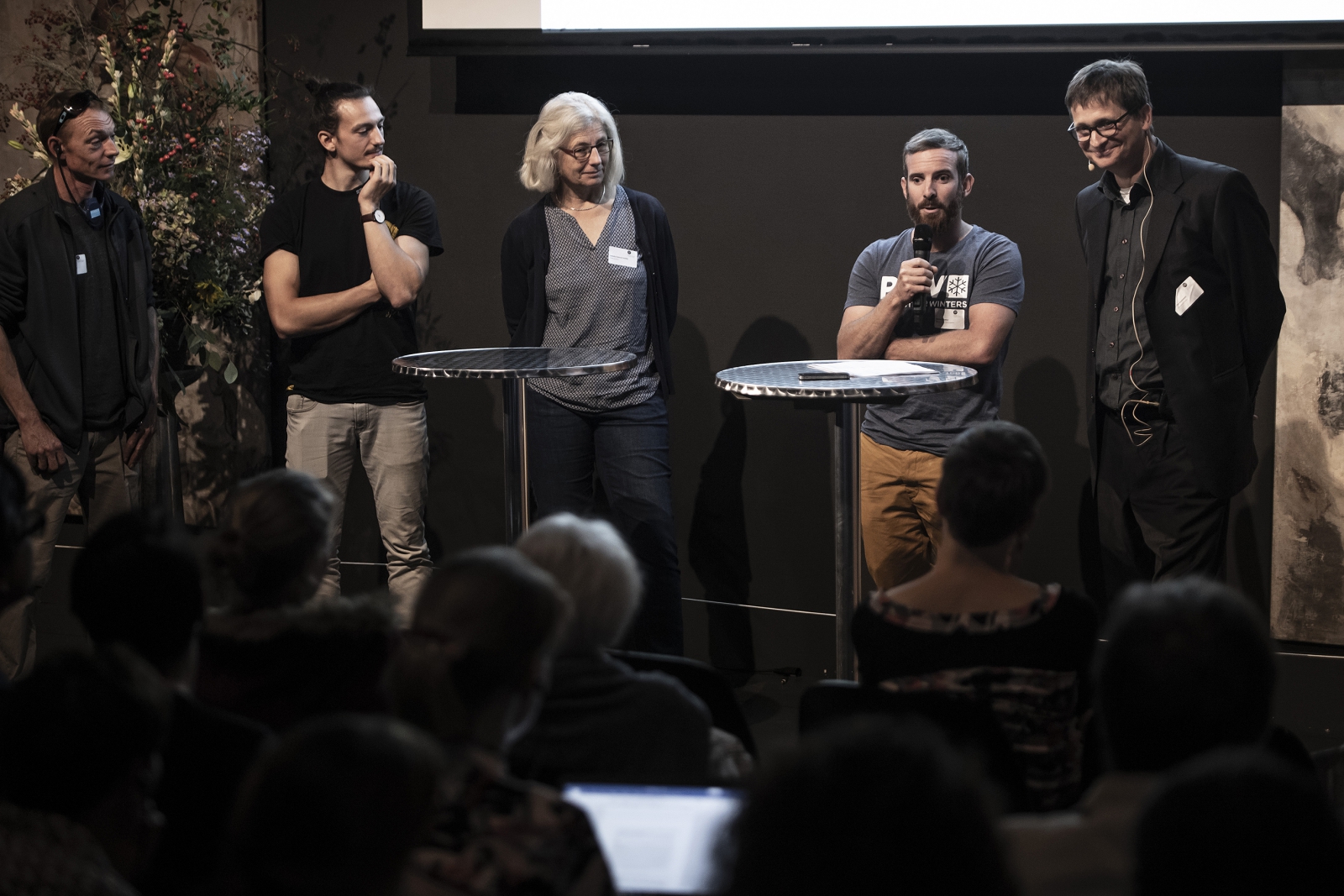
Inspiring museum examples on intangible cultural heritage
During the next part of the conference, a selection of museums from Belgium, The Netherlands, Switzerland and France were asked to present their work on intangible cultural heritage, linked to urbanised society:
-
Els Veraverbeke elaborated on an exhibition held at Huis van Alijn (BE) – the museum of daily life – on the occasion of the 175th celebration of the Gentse Feesten, an annual ten-day festival in the city of Ghent: Ghent Festivities. It showed the history of this tradition, and focussed on current events. The Gentse Feesten are made up of several sub-festivals on squares throughout the city. The museum invited the different festival organizers of the 2018 edition to include posters of their festival programs in the exhibition. It also commissioned an illustrator to make drawings of the 2018 edition that were included in the exhibition. See PTT - Watch video
- Annemarie de Wildt explained the concept behind the travelling exhibition Football Hallelujah! Based on fieldwork in football stadiums, the Football Hallelujah exhibition of the Amsterdam Museum (NL) approached expressions of football fan culture as a form of religion. Comparing diverse football cultures, the museum wanted to reach out to a new group of visitors. See PTT - Watch video
- The project Monster animals. True or false of the Teylers Museum – an art, history and science museum in Haarlem (NL) – focused on mythical creatures and beasts described in folklore and legends. Current-day fieldwork interviews conducted by Jet Bakels with the bearers of this oral heritage were shown in comparison with real animal specimens from the museum collection. See PTT - Watch video
- Mélanie Rouiller (CH) is one of the photographers behind the photo project Traditions Vivantes en Images / #tradifri. In the context of this project, exhibitions were organised in five museums in the Swiss canton of Fribourg, making the traditions of various districts known to the whole canton. The subject of traditions was approached in an artistic and contemporary way. Participative actions on social networks such as Instagram, brought the younger generations in the museums. See PTT - Watch video
- Jozefien De Bock - In the framework of the celebration of fifty years of migration of Turks and Moroccans to Belgium, STAM (BE) – the Ghent city museum – chose to focus on the history and commemoration of different migrants’ intangible heritage, because the history of those who came to the city as outsiders has not left many tangible clues. Their social, cultural, economic, political and religious practices in a new environment, and the memories of their customs, traditions and festivities in an initially unfamiliar setting were part of the focus of an outdoor exhibition, based on more than 100 interview: Sticking Around. Over 50 years of migration to Ghent. See PTT - Watch video
- Stefano Mengarelli | museum schaffen (CH) - Zeit. Zeugen. Arbeit See PTT - Watch video
- Katia Kukawka | Musée D’Acquitanie (FR) - Vous me voyez? See PTT - Watch video
- Bruno Meier (CH) - Simply Zürich See PTT - Watch video

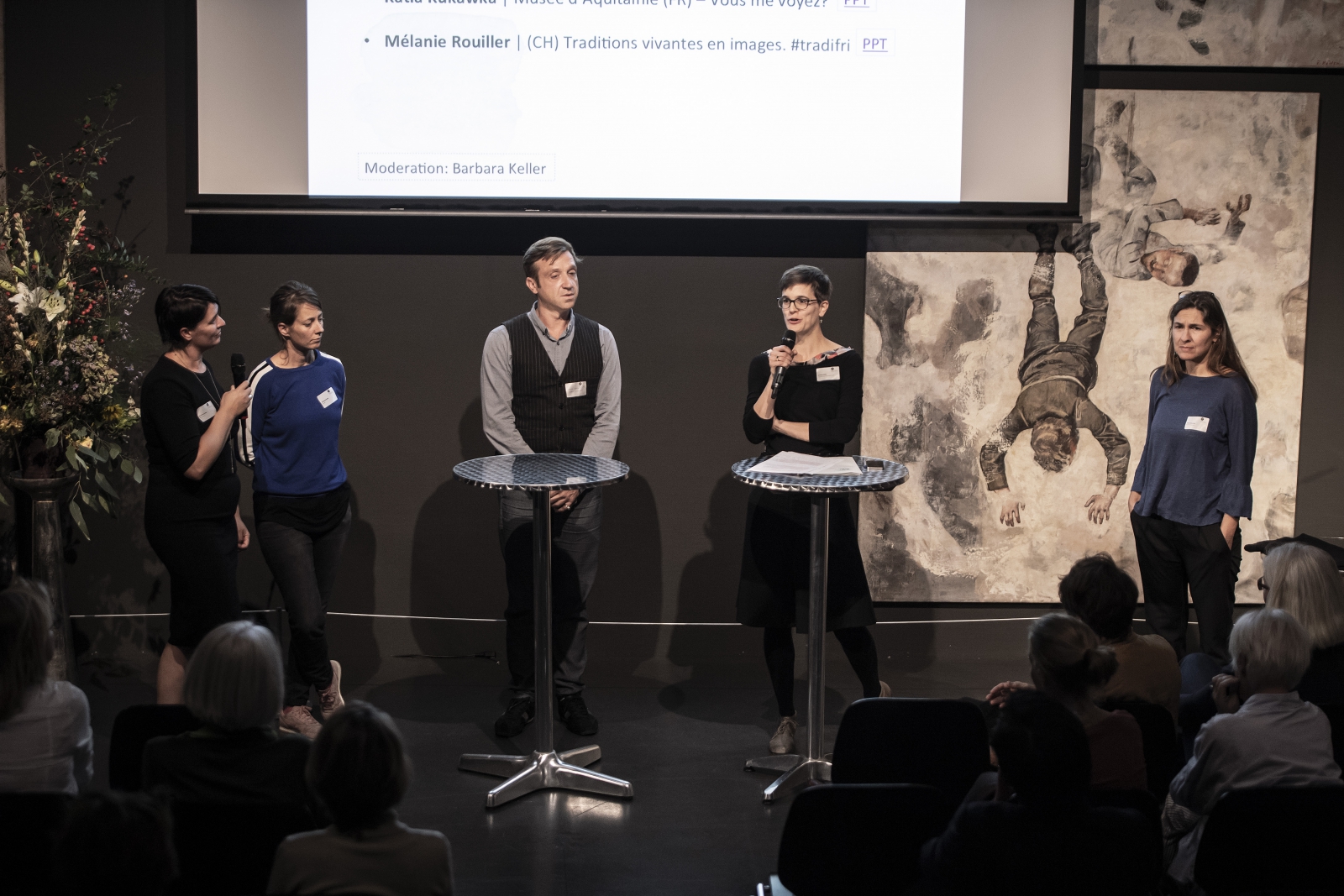
Presentation of the co-creation between Stadtmuseum Aarau and game communities
In every partner country associated with the IMP-project, one collaboration project between a museum and practitioners of intangible cultural heritage is supported. In Switzerland, this was the case for a collaboration between the Stadtmuseum Aarau and game communities, in the context of the exhibition 'PLAY'. This exhibition about digital gaming was co-created by the game community. The idea of the exhibition is that you can experience it through gaming. In discussing their collaboration, it was clear that shared authority is not only an issue for museums, but also for practitioners of intangible heritage. Watch video

You can find the report of the Expert meeting on ICH, Museums and Urbanised Society (26.09.2018) here.
